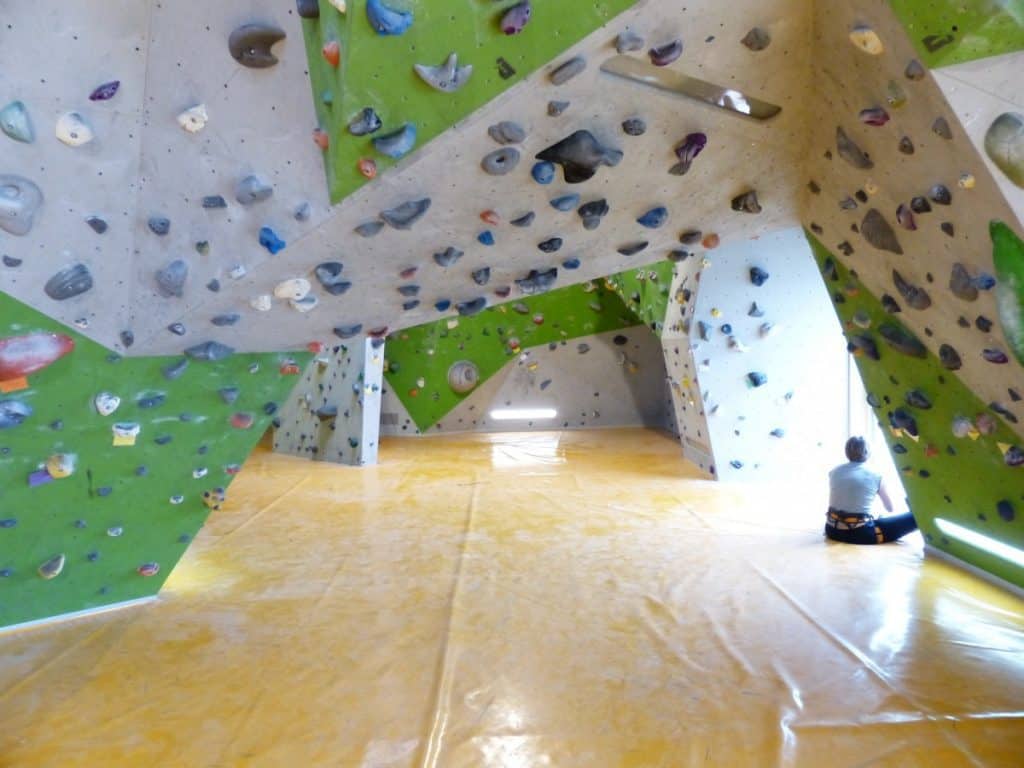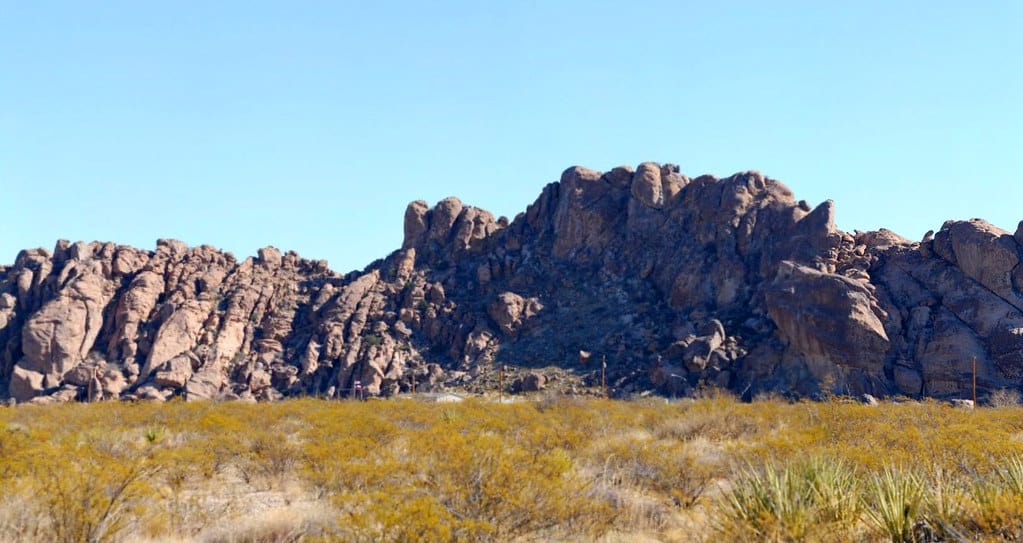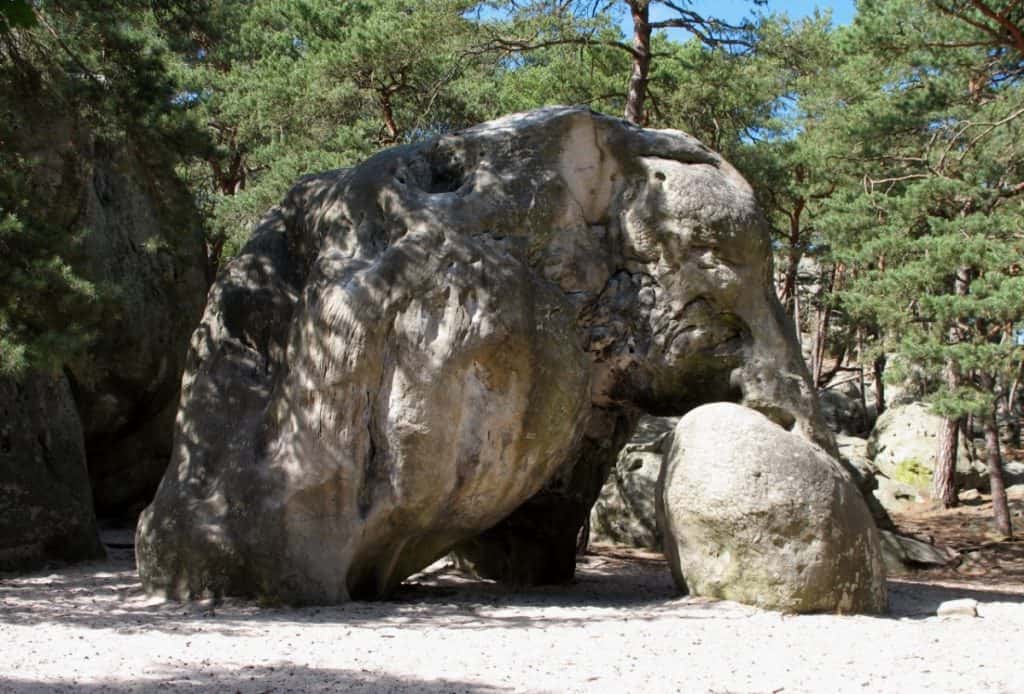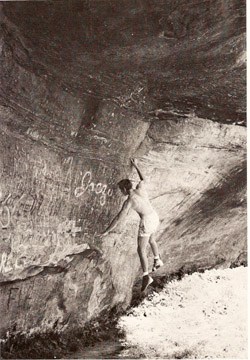
So, you’ve stumbled into an indoor rock-climbing gym recently, have you? Well, fear not! Indoor rock-climbing is extremely fun and it’s not confusing at all. There are generally 4 types of climbing, but I think I know which one you are interested in.
The V-Scale
What does the V mean in rock climbing? The “V” in that you see in the indoor rock-climbing gym is the scale that climbers use exclusively for bouldering. Bouldering is climbing without ropes or harness. People who does bouldering use the V-scale to determine the climbs difficulty.
The V-Scale ranges from V0 to V17. V0 are great for beginners and the numbers increases as well as the difficulty all the way up to V17, which are reserved for the world’s top climbers, a mere pipe dream for even the pros within the pros. (Sometimes you might also see VB, which the “B” stands for basic, so, essentially, it’s easier than V0).
You will sometime also see a (+) or (-) attached to the grade of the climb and this is another determining factor of the difficulty, but I’ll go in a little bit.
So, how hard is a V17?
I’m pretty sure that there’s an undisclosed rule that if you can climb a V17, you can carve your name not only in that rock, but in the history books. You will be the envy of climbers all around the world and worshiped as a god.
Anyway, I digress. It’s time to give credits where it’s due and we cannot be talking about the V-Scale without learning about its origin.
The V-scale refers to the Vermin Scale or the Hueco Scale, which was created by the man, the myth, the legend: Scott Sterling!
Just kidding!

It was created by an infamous climber named John Vermin at Hueco Tanks, a historic site in El Paso County, Texas; known for low mountain ranges and is widely revered by climbers as one of the best locations in the world for outdoor bouldering.
However, the V-Scale is not a universal grading system.
One of the things to keep in mind is that the V-Scale is primarily used in the used in North America aside from Australia and a few countries in Asia and South America.
In France, they use something called the Font Scale which is generally used by the rest of the world that don’t use the V-Scale.
There are certain countries that have their own climbing rating system, but it’s not widely used or is exclusively used only by those countries.
Keep in mind all of the grading scales that you see being used in indoor rock climbing gyms are graded based on outdoor climbs on real boulders.
The Font Scale

The Font Scale is named after Fountainbleau, a region in France that is particularly famous for their developed bouldering sites, super popular with boulderers around the world.
When it comes down to rating, the Font scale’s range begins with 1 to 9C, but generally it starts at 4 or at bare minimum a 3A, which is equivalent to a V0 on the V-Scale.
As you’ve may have guessed, the increase in number corresponds with the increase in difficulty of the climb.
Additionally to the number, alphabets are also used: A, B, and C.
“A” being the easiest, “B” at the intermediate, and “C” , the hardest within that number group.
In the meantime, if you are planning a trip to Japan any time soon, you should know that in Japan, they have their grading system called the “Dankyu Grading System” or sometimes referred to as the “Soroban System”
The Dankyu System
The Dankyu System is generally broken up into two tiers:
There’s the Dankyu and there’s the Shodan, but for the sake of abbreviation it’s just referred to Kyu and Dan.
In the Kyu category, the grading ranges from 1-Kyu- to 11-Kyu. Where it is the exact opposite from most system. 1-Kyu is actually the hardest difficulty whereas 11-Kyu is the easiest.
西の覗き_DSCF2680-1024x680.jpg)
Once you’ve mastered the Kyu category, it’s time to move on to the Dan.
The Dan ranges from 1-Dan to 6-Dan.
So how does this translate to the V-Scale and the Font Scale?
Well, a 1-kyu is the rough equivalent to a V6 on the V-scale and a 6C+ on the Font Scale.
That’s not the end to the grading scale, people in the United Kingdom have their own system of grading.
The UK Technical Grading System
The UK Technical Grading System, sometimes referred to as the “British Tech Grade” is as you might have guessed it developed by the Britain.
The UK Tech Grade ranges from 4a to 7b, which is a 7c and or maybe even an 8a is on the horizon, but it hasn’t officially been agreed upon.
Where 4a is roughly the same equivalency to a VB on the V-Scale and a 3 on the Font Scale.
As to why the letter is lower-cased is beyond me, but I didn’t write the rules, I just climb.
One more of the system that is not commonly used but still surface occasionally is the Gill “B” Grading System.
The Gill “B” System

In the 1950s, a professional boulderer by the name of John Gill introduced a new grading system called the Gill “B” System or B-System to assess the difficulty of climbs. Not to be confused with the Peak B grading system, that is something else.
On the Gill “B” System, the range varies from B1-B3, where B1 is the easiest route and B3 is the hardest.
The way the B-System worked was that B3 was only meant to be completed once, but if it can be completed twice, it is downgraded to a B2, but as you can see this range varies too broadly and too general and thus it wasn’t widely adopted.
However, at certain bouldering site you will sometime see the B-System still used, but is accompanied by the V-Scale or the Font Scale.
Determining Bouldering Rating
Here is the general rule of thumb when determining the bouldering rating:
- The higher the number, the more difficult it is (except the Dankyu System)
- The further up the alphabet, the more difficult the climb is.
- Additionally, (+) and (–) are used to elaborate the difficulty of the climb. (+ is harder than –, but this is only true if it is within the same number grade.)
For Example:
On the Font Scale, let’s just choose Grade 7A.
In Grade 7A, the ranges varies from
(Easiest) 7A- < 7A < 7A+ < 7B- < 7B < 7B+ < 7C- < 7C < 7C+ (Hardest)
Once it surpasses a 7C+, it moves on to a Grade 8 and that’s how the letter and the + or – affects the bouldering rating.
If you are still confused, just know that the grading scale of a climbs are determined by a group of expert climbers.
If they are used to doing V9s consistently and they started climbing a route that’s a bit more challenging, they might tag a letter or (+ or –) to the grade based on the techniques they used and the strain it puts on their body. If it is on another class of difficulty then the number increases to V10 and so forth.
Unfortunately, we have not universally moved on to a unison grading system and in truth every climb’s difficulty is subjective the climbers’ ability and gears.

From personal experience, the rating/grading of bouldering routes only serves as a general way to inform the boulderers of the difficulty, but the difficulty of the actual climb varies based on the individual.
Some hold-types or grip pieces such as the pinches is super difficult for me because it puts a lot of strain on my fingers, but for others it may easy for them.
Some routes may require you to leap from one grip to the other which maybe easy for me or someone that is tall but for others, it can be challenging.
As you can tell, every route varies, I’ve climb some V2s that felt like V0s and some V0s that felt like V2s.
At the end of the day, the grading doesn’t matter, what matter is that you have fun, that you play safe, and that you challenge yourself with harder routes to improve yourself.
So, head on down to your nearest rock climbing gym and go rock on!
Oh! I almost forgot, I’ve put together a little something for “you” to give you a better understanding of the bouldering grading system at a glance.
Bouldering Grading Chart
| V-Scale | Font Scale | UK Tech Grade | B-Grade | Dankyu |
|---|---|---|---|---|
| VB | 3 | 4a | DNE | DNE |
| V0 | 4 | 4c | DNE | 7-Kyu |
| V1 | 5 | 5a | DNE | 5-Kyu |
| V2 | 5+ | 5c | DNE | 4-Kyu |
| V3 | 6A / 6A+ | 6a | DNE | 3-Kyu |
| V4 | 6B | 6a / 6b | DNE | 2-Kyu |
| V5 | 6C | 6b | DNE | 2-Kyu |
| V6 | 7A | 6b / 6c | DNE | 1-Kyu |
| V7 | 7A+ | 6c | DNE | 1-Dan |
| V8 | 7B | 6c / 7a | DNE | 2-Dan |
| V9 | 7C | 7a | B1 | 2-Dan |
| V10 | 7C+ | 7a | B1 | 3-Dan |
| V11 | 8A | 7a | UND | 3-Dan |
| V12 | 8A+ | 7a | UND | 4-Dan |
| V13 | 8B | 7a | UND | 4-Dan |
| V14 | 8B+ | 7a | UND | 5-Dan |
| V15 | 8C | TBD | UND | 5-Dan |
| V16 | 8C+ | TBD | UND | 5-Dan |
| V17 | 9A | TBD | UND | 5-Dan |
- TBD = To be determined
- UND = Undetermined
- DNE = Does not exist
